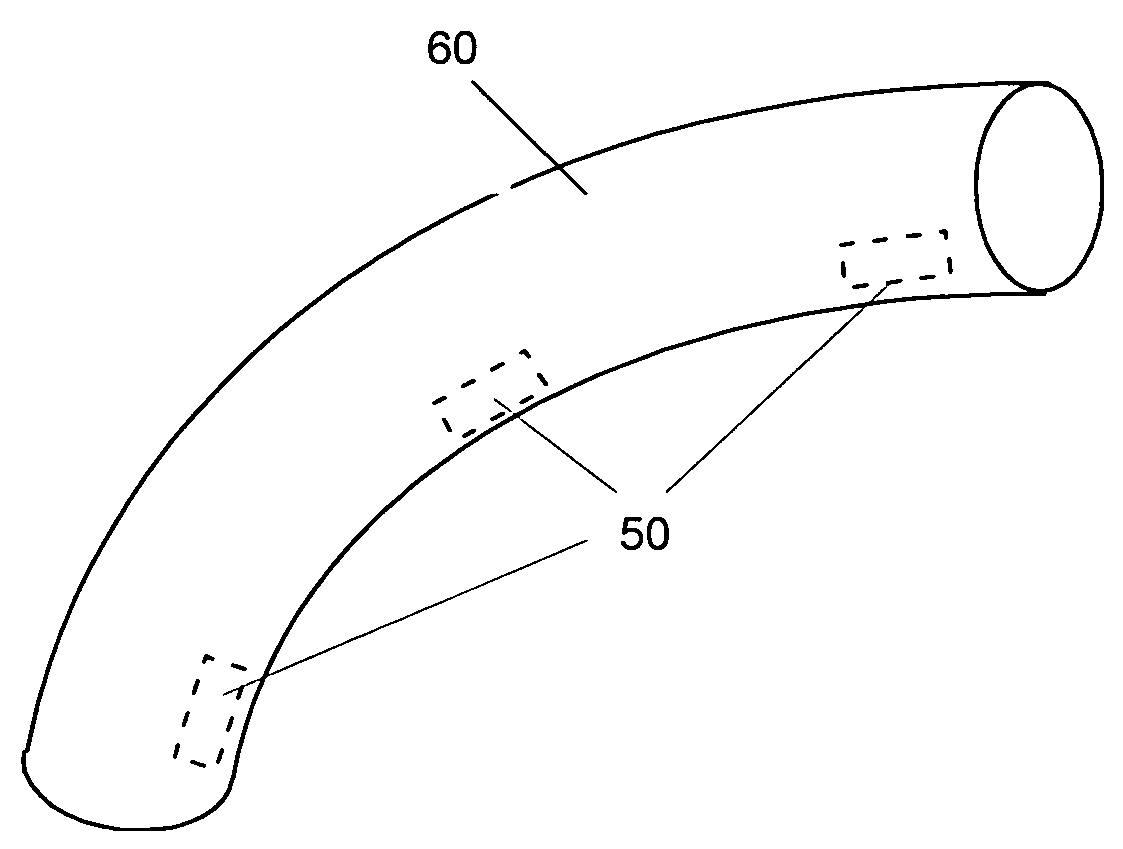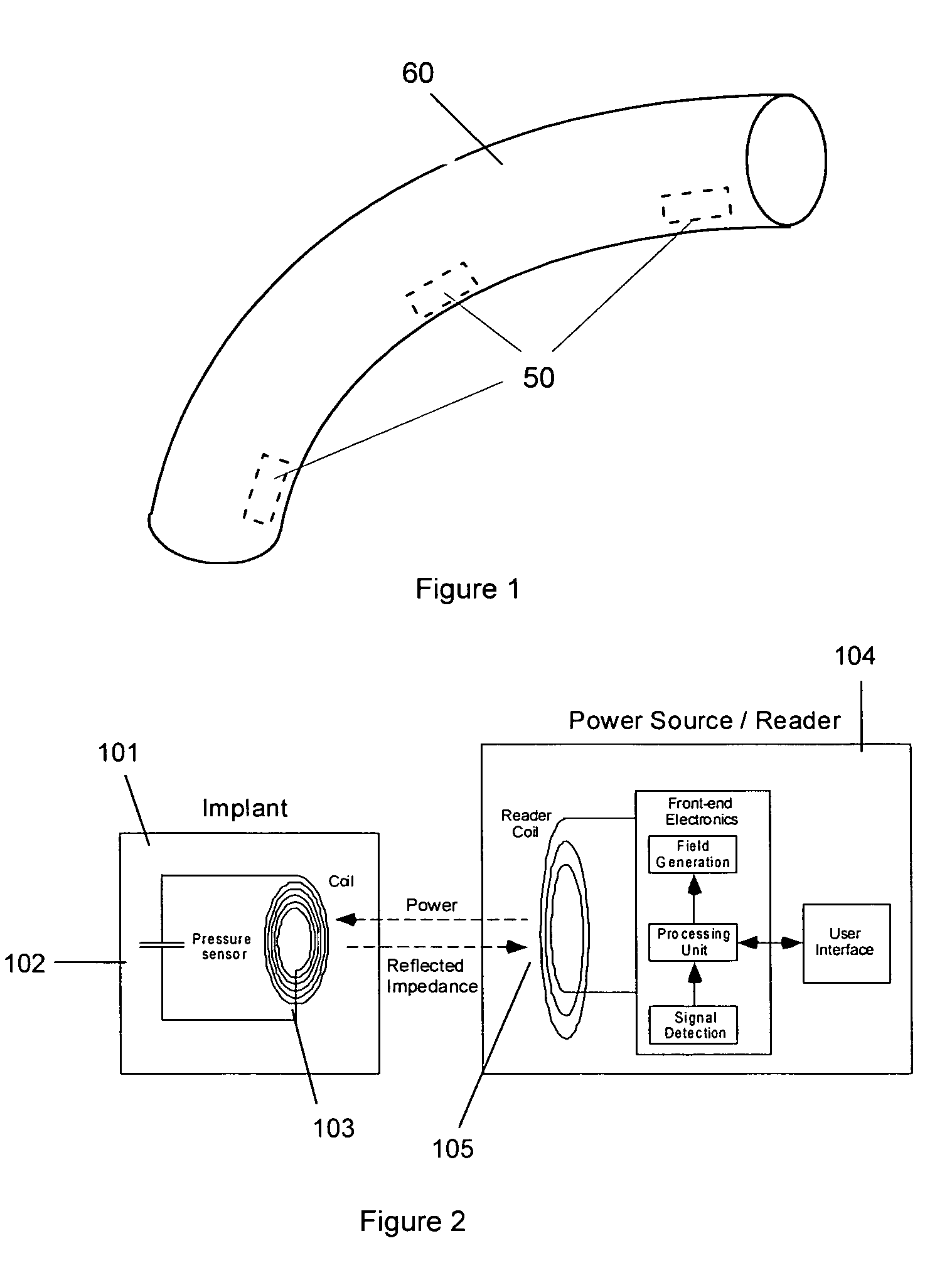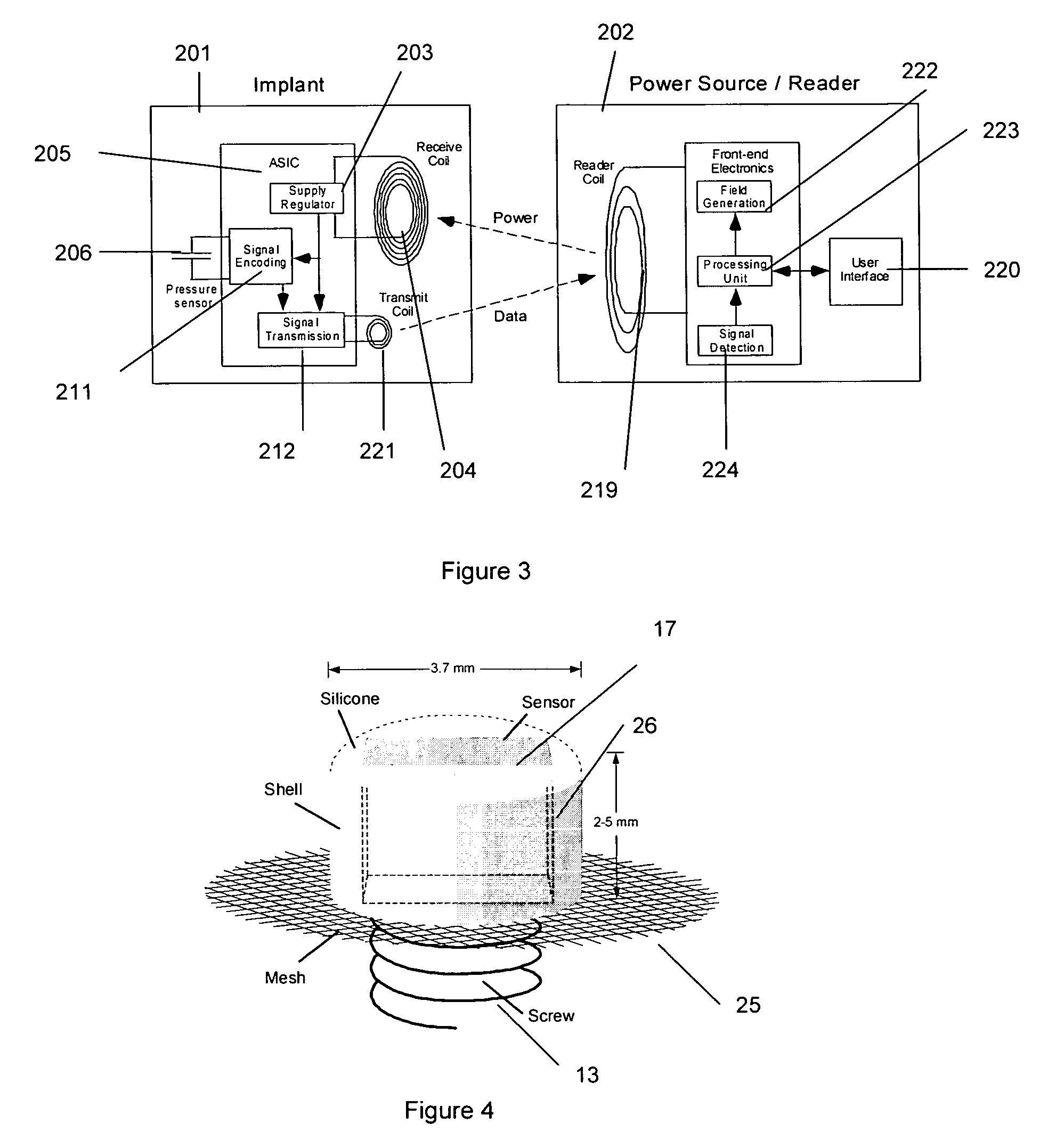System for monitoring conduit obstruction
a monitoring system and conduit technology, applied in the field of physiological parameters monitoring devices, can solve the problems of requiring special equipment, requiring progressive morbidity and mortality, and affecting the quality of life of the patient,
- Summary
- Abstract
- Description
- Claims
- Application Information
AI Technical Summary
Benefits of technology
Problems solved by technology
Method used
Image
Examples
Embodiment Construction
[0015]The following description of preferred embodiments and methods provides examples of the present invention. The embodiments discussed herein are merely exemplary in nature, and are not intended to limit the scope of the invention in any manner. Rather, the description of these preferred embodiments and methods serves to enable a person of ordinary skill in the relevant art to make, use and perform the present invention.
[0016]In order to provide for the effective monitoring, management, and tailoring of treatment for patients with heart defects, the present invention provides a cardiac conduit with a wireless sensing system. The system comprises an external readout unit as well as at least one implantable sensor 50 which is securely anchored in a conduit 60, as shown in FIG. 1 or in the vicinity of the conduit. The readout unit both transmits power to and receives transmitted data from the sensor 50. Data transmitted from the sensor 50 may include pressure, calibration data, ide...
PUM
 Login to View More
Login to View More Abstract
Description
Claims
Application Information
 Login to View More
Login to View More - R&D
- Intellectual Property
- Life Sciences
- Materials
- Tech Scout
- Unparalleled Data Quality
- Higher Quality Content
- 60% Fewer Hallucinations
Browse by: Latest US Patents, China's latest patents, Technical Efficacy Thesaurus, Application Domain, Technology Topic, Popular Technical Reports.
© 2025 PatSnap. All rights reserved.Legal|Privacy policy|Modern Slavery Act Transparency Statement|Sitemap|About US| Contact US: help@patsnap.com



